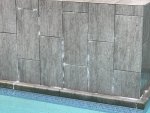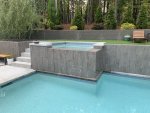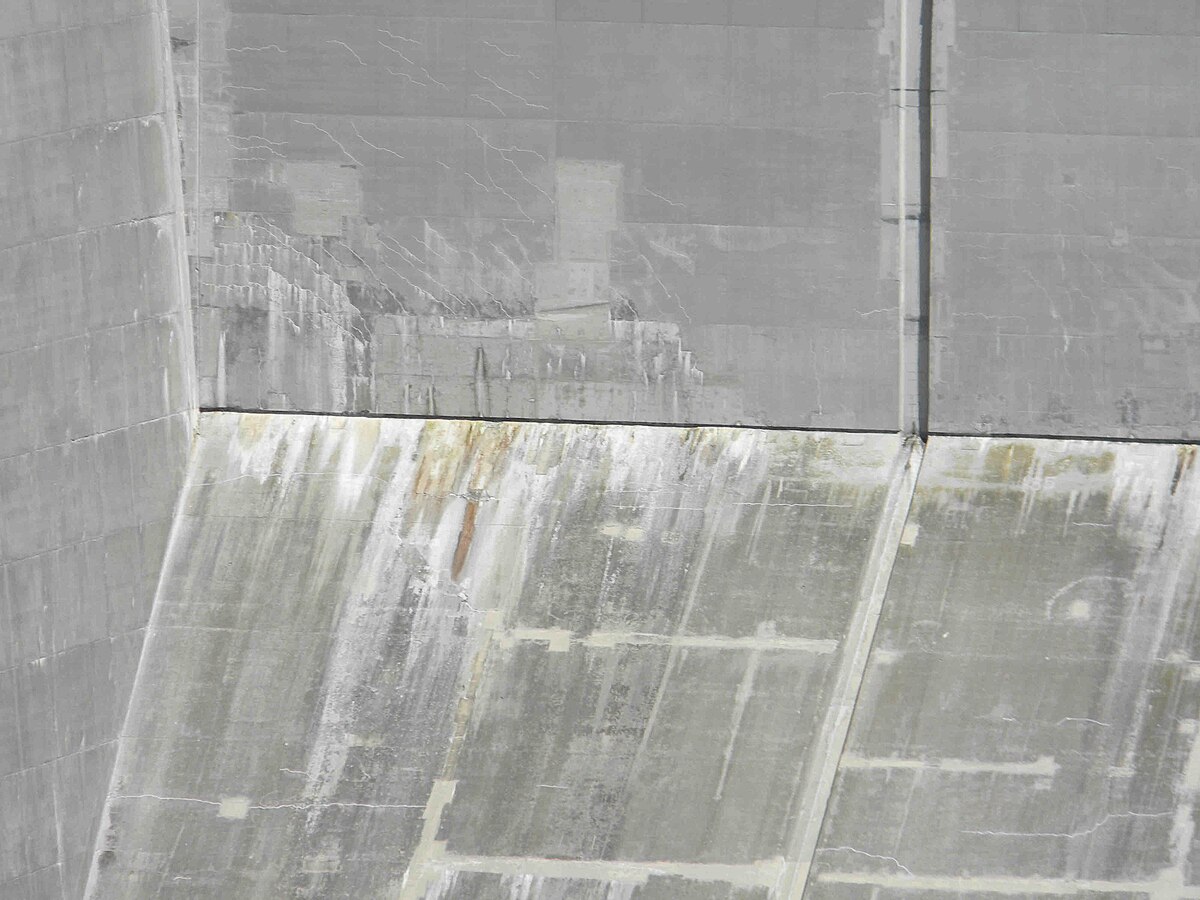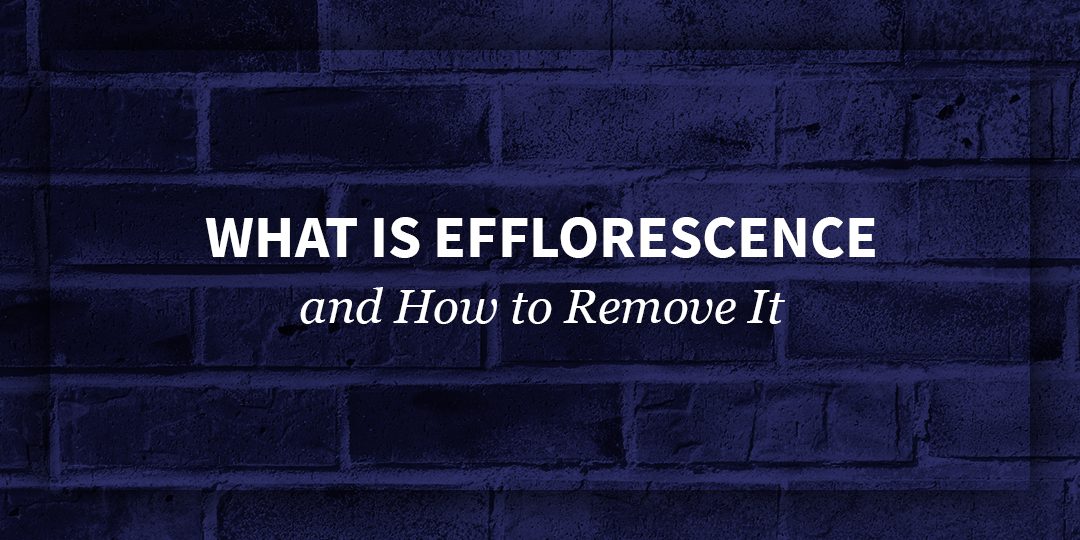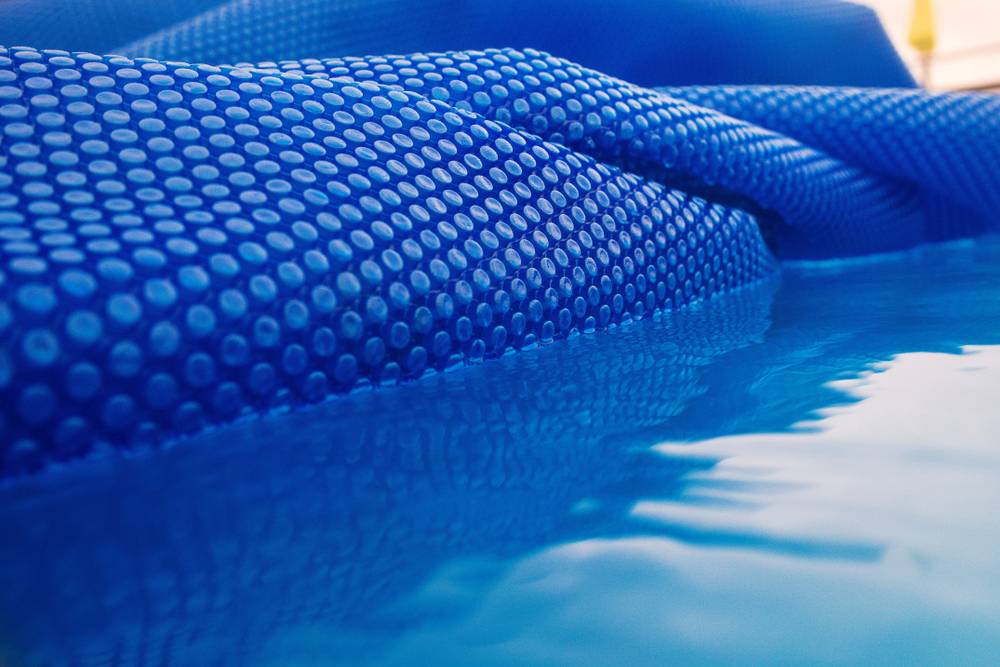Hopefully this is the right place for this. My pool is 2 years old and we have been constantly fighting this battle. It mainly builds up on the grout lines where the spillover is but as you can see it leaches onto the tile and ultimately happens everywhere. Our calcium runs around 200 as my thought was to keep it on the low side to minimize the build up.
The questions...
1 - Is there anything with the water chemistry that we can do to minimize it?
2 - Is there something we could do to the grout to minimize it? Is it actually the calcium leaching out of the grout that's causing it?
3 - Is there a way to remove it? I have literally tried everything from baking soda blasting to calcium removers to acid. Ultimately its better but comes right back and where I have really forced to get it all clean, I've messed up the tile.
The questions...
1 - Is there anything with the water chemistry that we can do to minimize it?
2 - Is there something we could do to the grout to minimize it? Is it actually the calcium leaching out of the grout that's causing it?
3 - Is there a way to remove it? I have literally tried everything from baking soda blasting to calcium removers to acid. Ultimately its better but comes right back and where I have really forced to get it all clean, I've messed up the tile.


